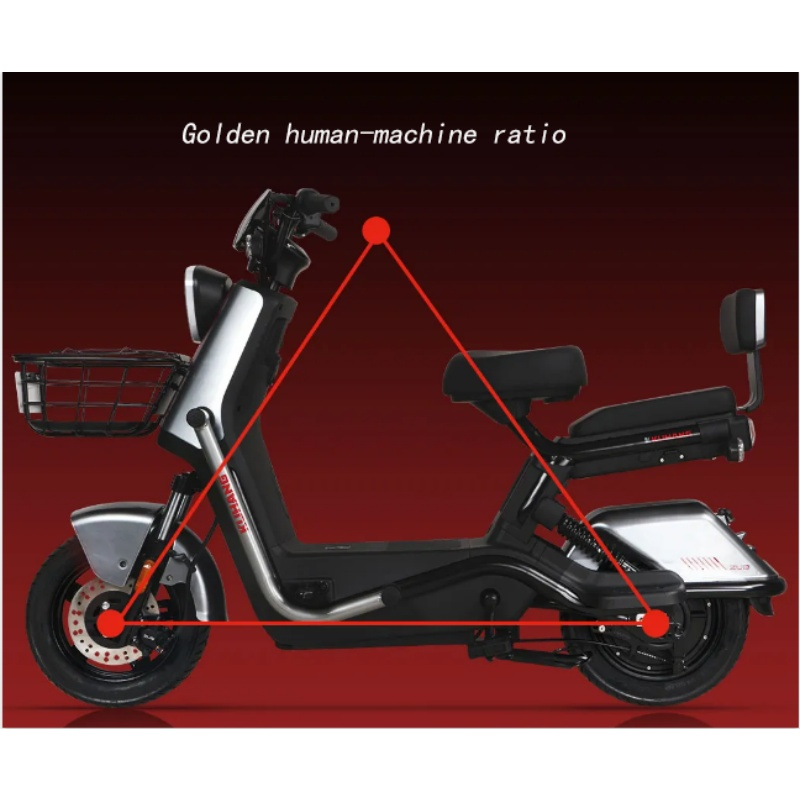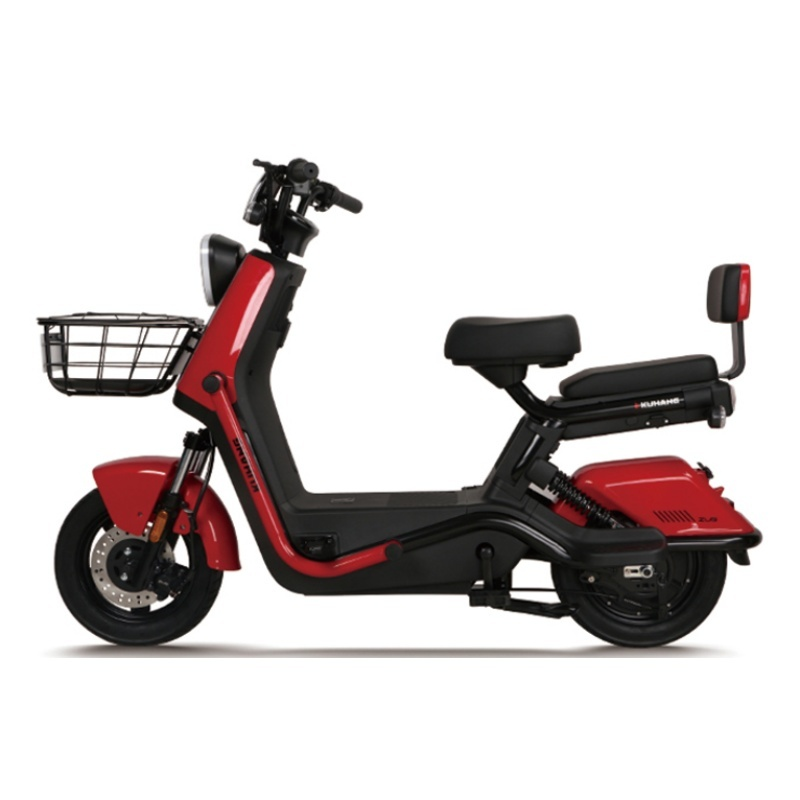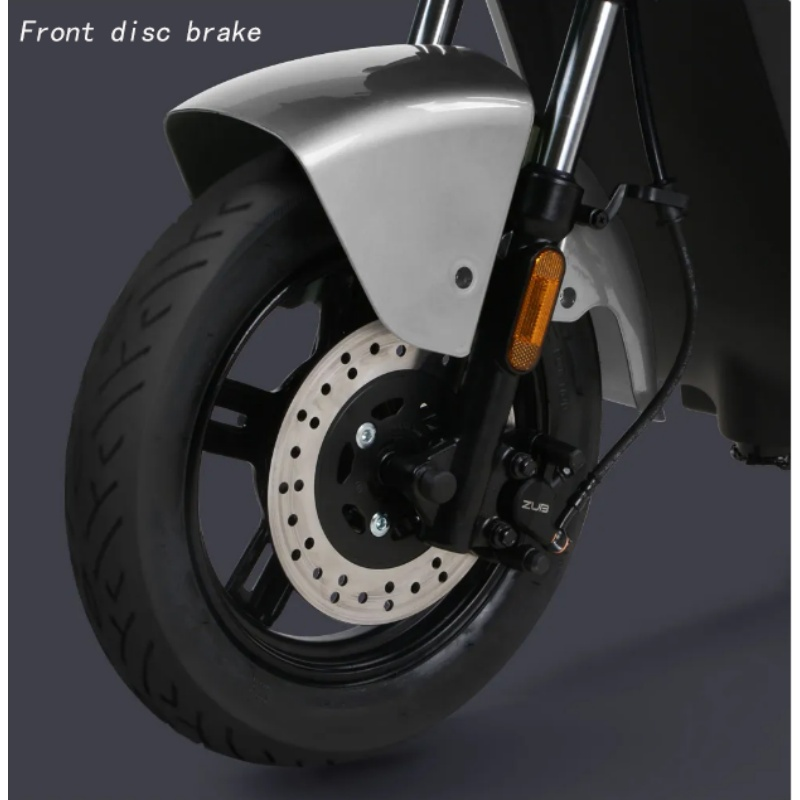electric cycle
The electric cycle represents a revolutionary advancement in personal transportation, combining traditional cycling mechanics with modern electric assistance technology. This innovative vehicle features a robust electric motor system that seamlessly integrates with a conventional bicycle frame, providing riders with powered assistance when needed. The core component is the electric motor, typically mounted either in the wheel hub or at the pedal crank, which engages automatically when the rider begins pedaling. Most models incorporate a sophisticated battery management system, usually utilizing lithium-ion technology, offering ranges between 25-100 miles on a single charge depending on the model and usage conditions. The control system includes multiple assistance levels, allowing riders to customize their riding experience based on terrain and personal preference. Modern electric cycles feature advanced display units showing speed, battery life, distance traveled, and assistance level. Safety features include integrated LED lighting systems, regenerative braking capabilities, and built-in theft prevention mechanisms. These vehicles typically achieve speeds of 15-28 mph with electric assistance, making them suitable for both urban commuting and leisure riding.


